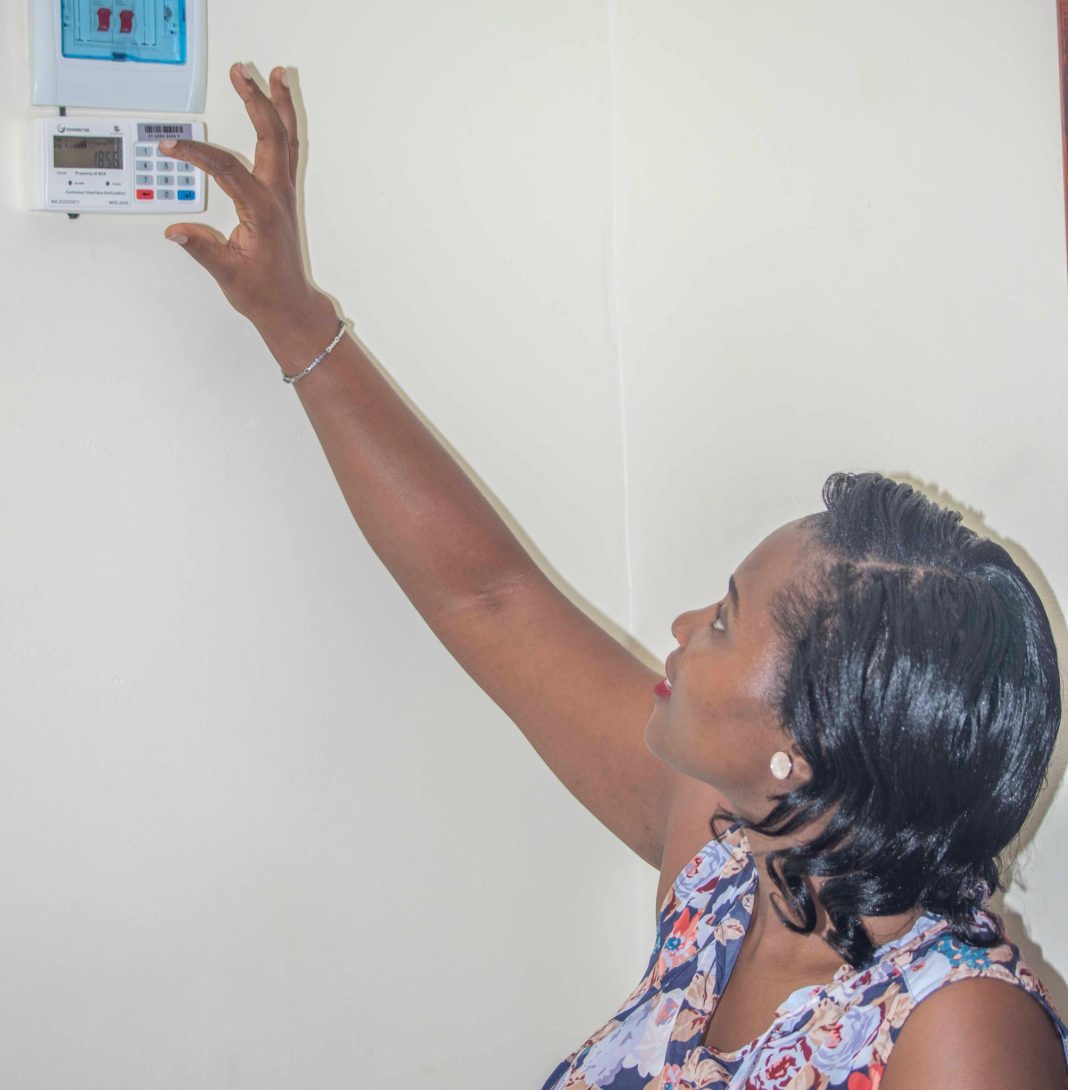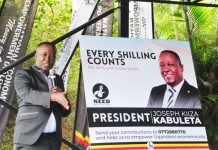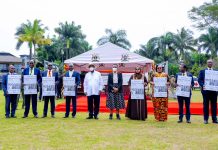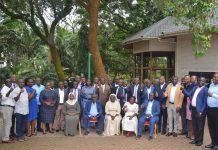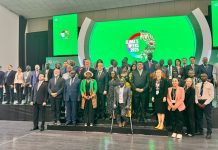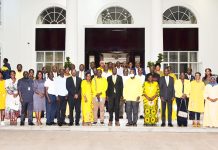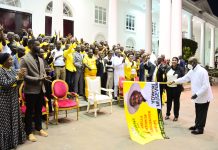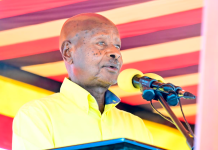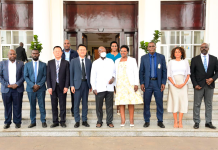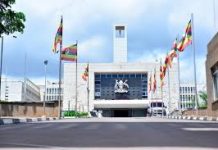By David Mwanje
Uganda’s groundbreaking 5.2% electricity tariff cut, effective January 2025, marks a pivotal step toward industrialization and inclusivity, as the Uganda Electricity Distribution Company Limited (UEDCL) assumes control from Umeme, which handled 97% of the nation’s power distribution. Announced in Finance Minister Matia Kasaija’s Shs72.3 trillion 2025/26 budget speech on June 12, this reform saves consumers Shs155 billion in three months, aligning with President Museveni’s vision for a $500 billion economy by 2040.
Despite transition challenges, the government’s commitment to affordable energy is set to transform lives. Kasaija highlighted a 14% tariff reduction, saving Shs250 billion annually, with extra-large industrial users enjoying a 5-cent-per-kilowatt-hour rate off-peak. “Our generation capacity is now 2,051.6 megawatts, with access at 60% after connecting 197,000 new customers,” he said, allocating Shs1.04 trillion for energy infrastructure.
President Museveni, in his June 12 address, praised the reforms, stating, “Affordable power through UEDCL is propelling our $61.3 billion economy toward prosperity, empowering every Ugandan.” The Electricity Regulatory Authority set domestic tariffs at Shs756.2 per unit (down from Shs775.7) and industrial rates at Shs203.6, boosting competitiveness.
Energy Minister Ruth Nankabirwa, at the March 2025 handover, declared, “UEDCL’s takeover ensures affordable, reliable power, driving industrial and social progress.” The tariff cuts benefit manufacturers in agro-processing and steel, enabling regional market competition. The Uganda Manufacturers Association’s Gilbert Kibekityo said, “Lower costs enhance output and job creation.” SMEs gain relief, with trader Sarah Namutebi in Nakawa noting, “Cheaper electricity means I can expand my shop.” Households benefit from a Shs250 lifeline tariff for low consumption, reducing biomass reliance, while public services like hospitals maintain stable Shs360 rates.
UEDCL’s $70 million investment targets rural areas like Karamoja, supporting the 80% access goal by 2028. The Uganda Investment Authority’s Robert Mukiza stated, “Affordable energy drove FDI to USD 3.48 billion by March 2025, up from USD 2.99 billion, cementing Uganda’s industrial hub status.” The budget’s Shs2.2 trillion for infrastructure, including tourism roads, complements these efforts, boosting USD 1.52 billion in tourism earnings. Museveni emphasized, “Strategic investments like UEDCL are key to our economic leap forward.”
Challenges persist, however. Outages in Gulu, reported by resident John Okello, and vandalism threaten reliability. Nankabirwa noted in April 2025, “We’re tackling power theft with surveillance and penalties.” UEDCL’s Shs4.02 trillion funding need, including a $435 million loan, and a $117 million Umeme buyout dispute pose risks. Yet, the Bank of Uganda’s May 2025 forecast of 6.0–6.5% GDP growth underscores the economic uplift from lower costs. Farmer Agnes Akello in Amuru shared, “Affordable power lets me irrigate crops, improving my income.”
The budget’s Shs37.2 trillion revenue target, bolstered by anti-smuggling measures like drones, supports these reforms. By prioritizing affordability and access, Uganda is fostering industrial growth, job creation, and better living standards. UEDCL’s leadership, backed by Museveni’s vision, positions the nation as a regional powerhouse. As rural and urban communities alike reap the benefits, Uganda’s energy revolution is lighting the way to a prosperous, inclusive future, ensuring no one is left in the dark


